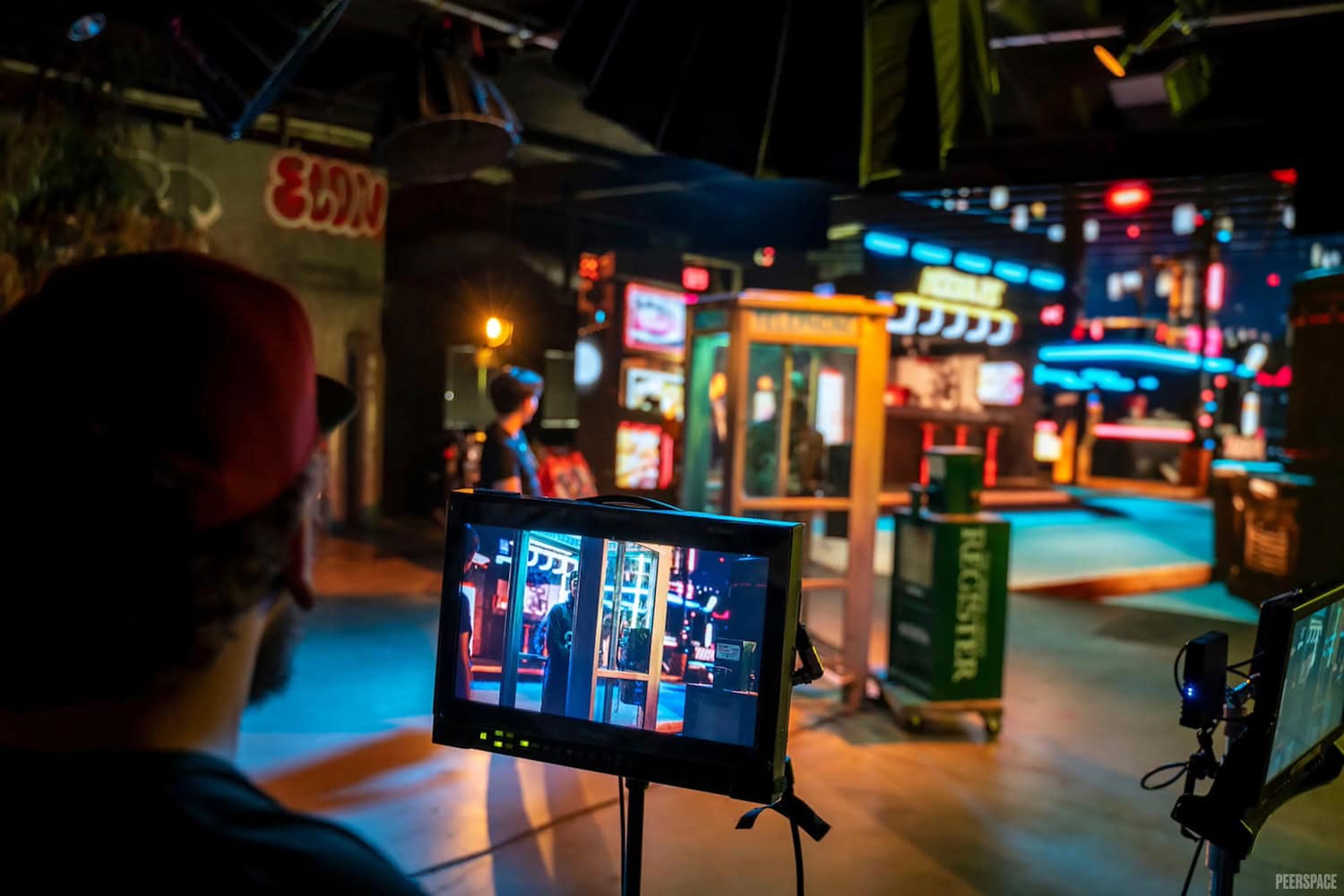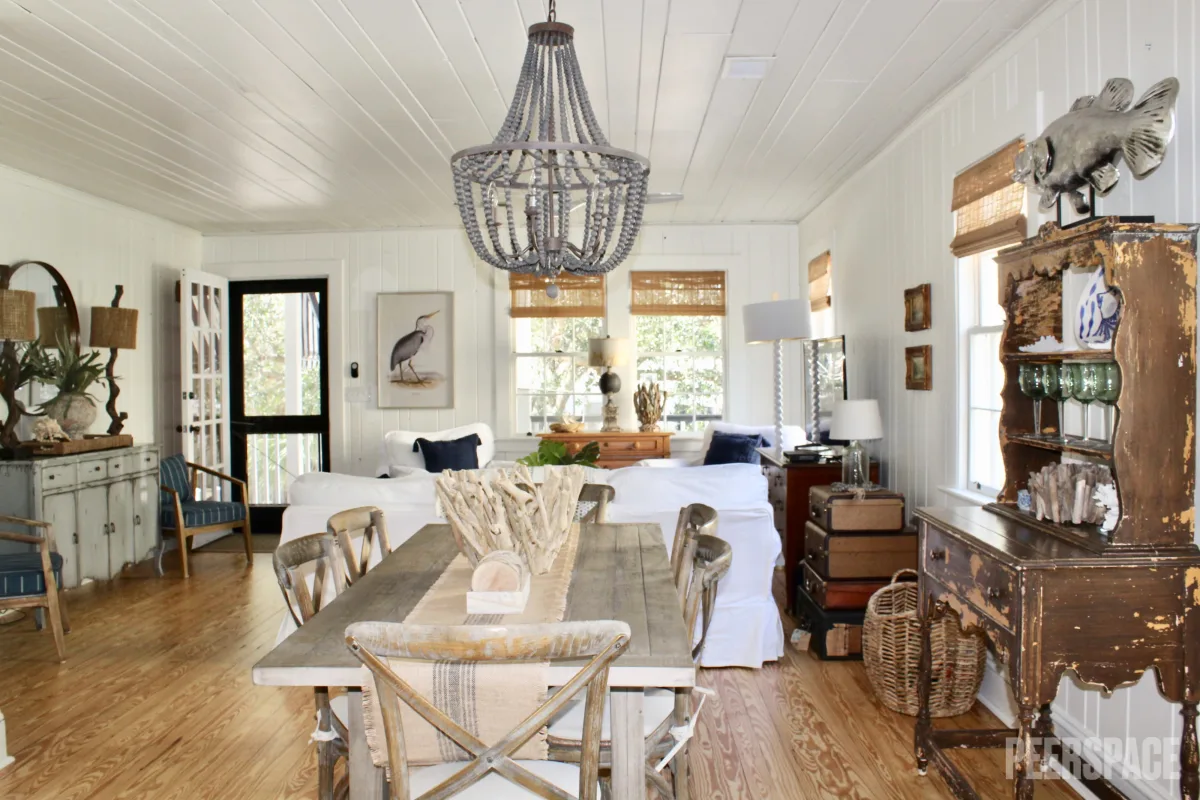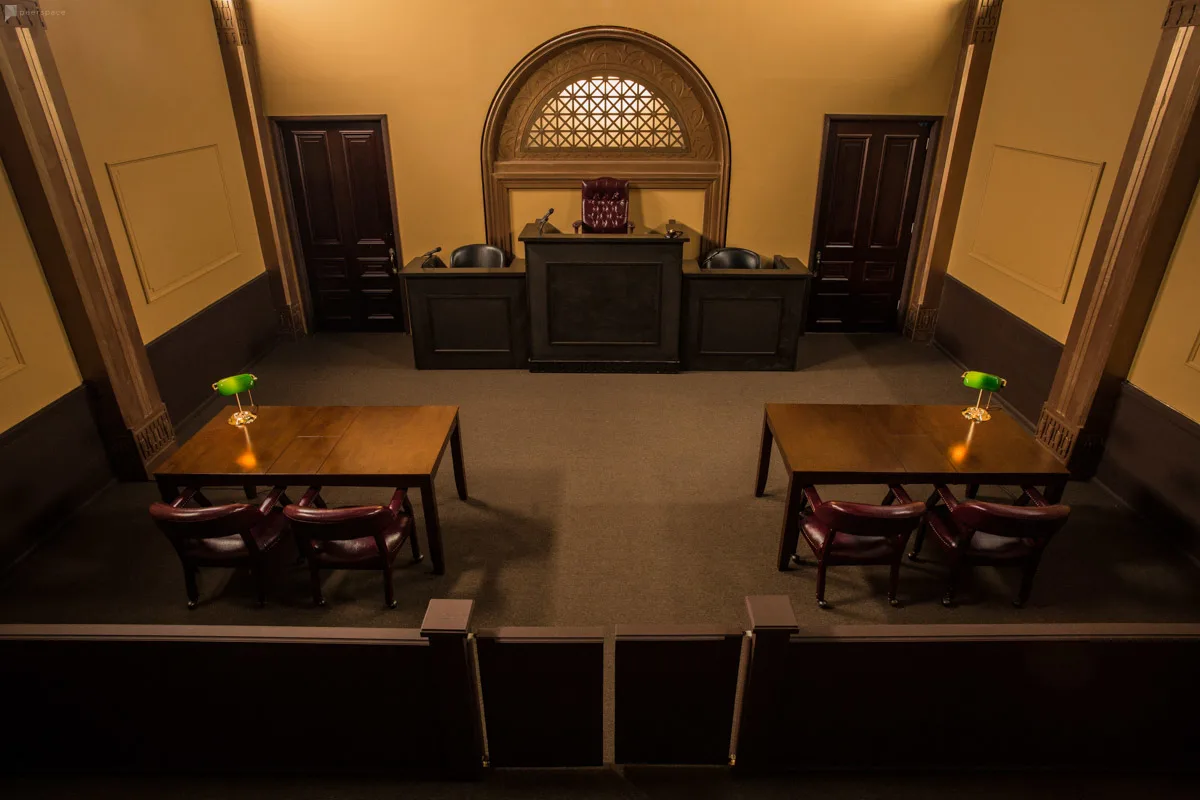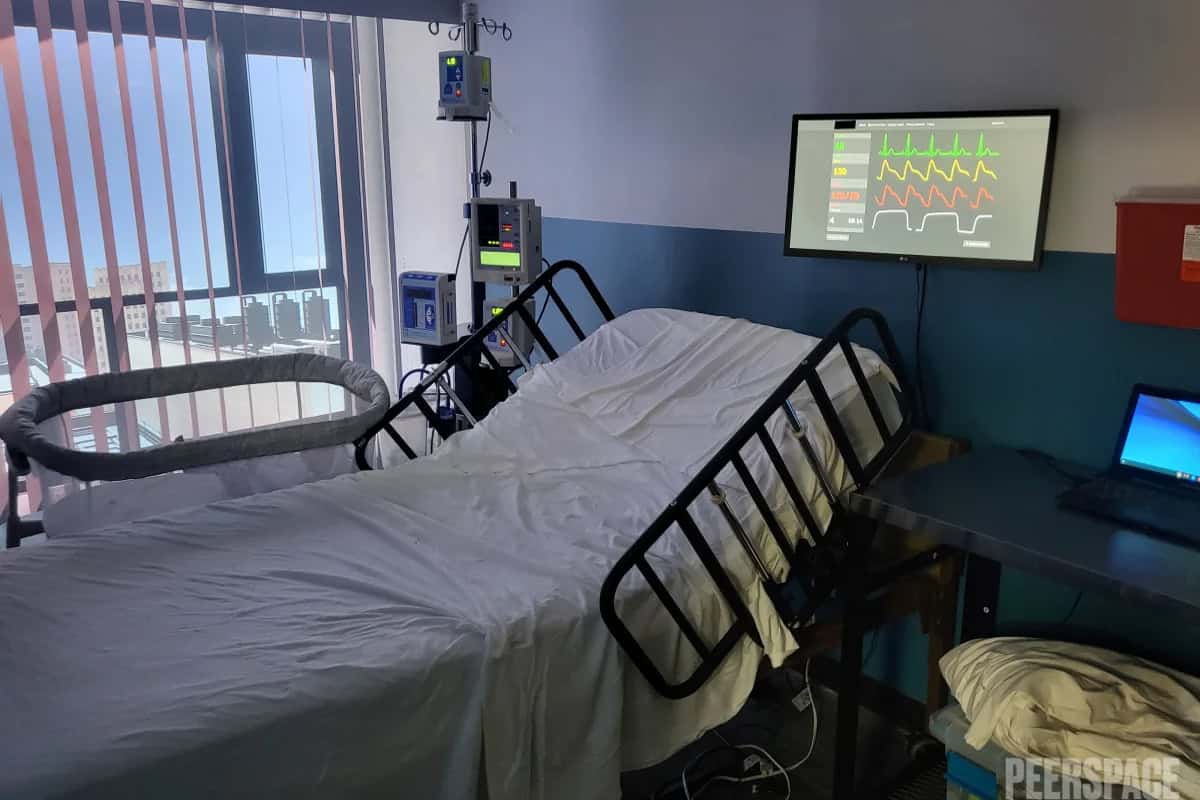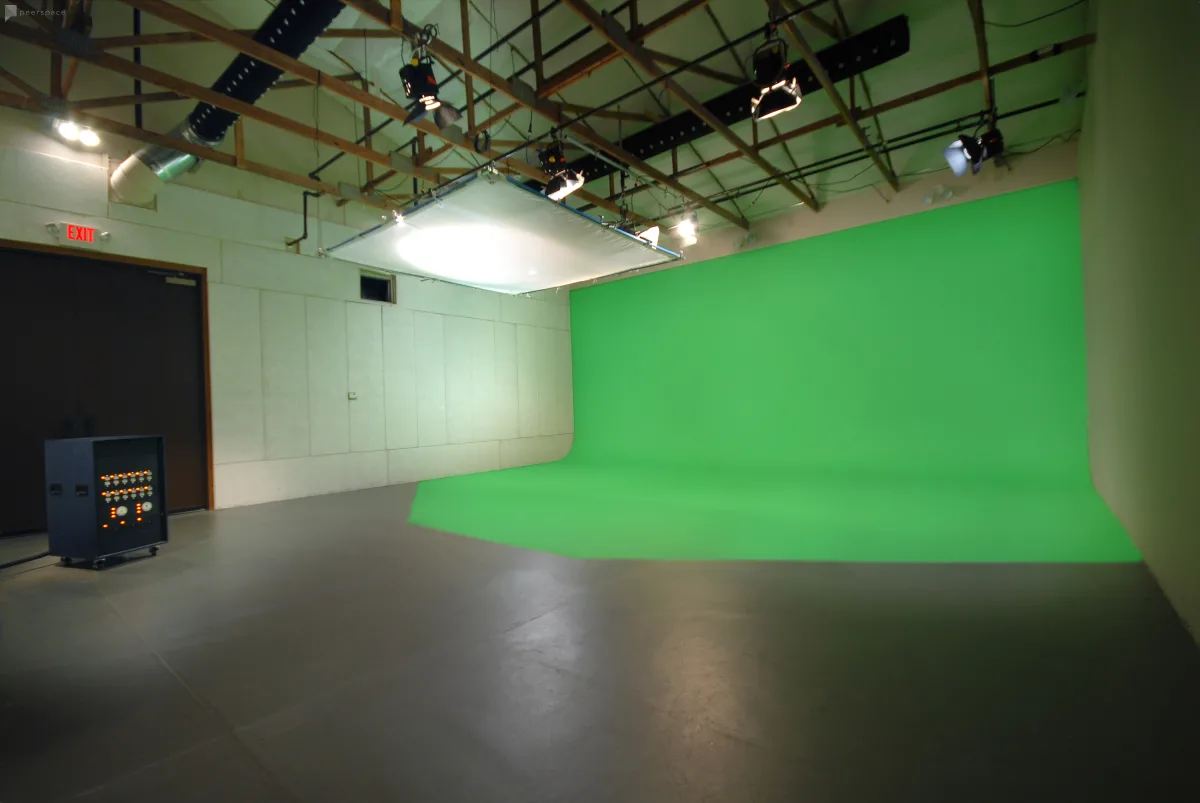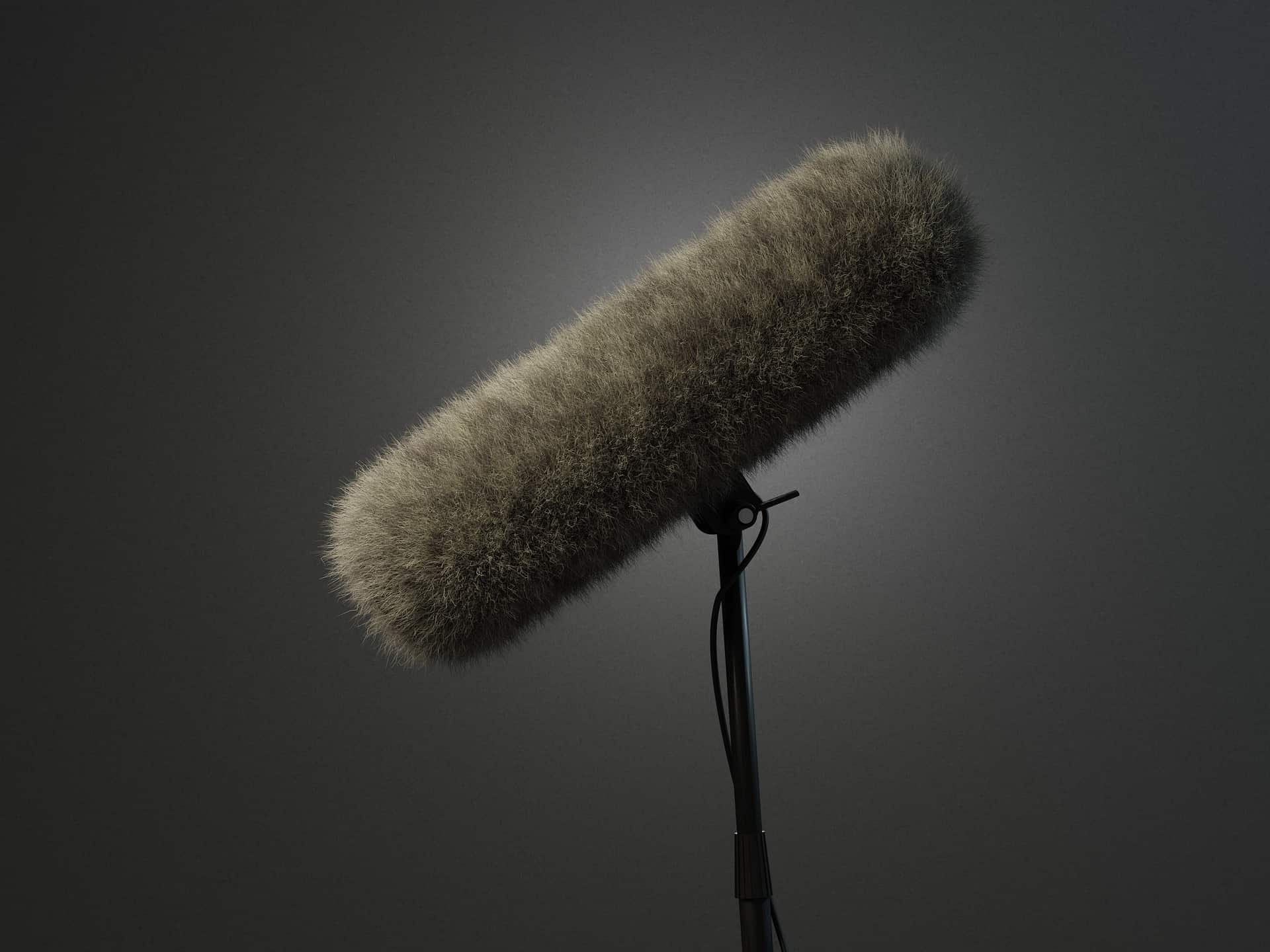
Source: Pixabay
Sound is an absolutely essential part of creating the immersive world of a film. Whether or not your audience is consciously aware of every aspect of the sound or of every sound-related choice by filmmakers, it’s strongly affecting their experience of movies as they’re watching them. That’s why skilled filmmakers spend a ton of time thinking about sound and making decisions about how to use it. In this article, we’ll explore what diegetic sound is and how you can use it in your film productions.
What is diegetic sound?
Diegetic sound in particular is a fairly straightforward concept: In a film, it’s sound that comes from inside the world of the film itself. It’s also sometimes called “actual sound” because it’s sound that’s produced as the events of the movie are occurring. It’s called “diegetic” sound because the world of the film itself is known as the “diegesis”—in other words, diegetic sound is the sound of the diegesis.
In case you’re having any trouble with the concept, here’s a basic rule of diegetic sound. If the characters in the film itself can hear the sound, it’s considered to be diegetic. If the characters themselves can’t hear it (examples of this might be the soundtrack or voiceover narration), then it’s non-diegetic sound.
Examples of diegetic sound
To help you better understand what diegetic sound is, here are a couple examples of the phenomenon that you’re sure to be familiar with:
- Dialogue between characters in the film
- Music playing in the film itself (not the soundtrack, but if the character turns on the radio or goes to a concert, then they can hear the sound)
- Background noise such as birds chirping nearby or a police siren driving by in the world of the film
Diegetic vs. non-diegetic sound
In contrast to diegetic or “actual” sound, non-diegetic sound (sometimes also called “complementary sound”) is sound that is added after the initial footage is filmed and that the characters in the movie can’t hear. This includes voiceover narration of the story as well as the soundtrack/musical score of the film (not music playing in the movie—this is an important distinction).
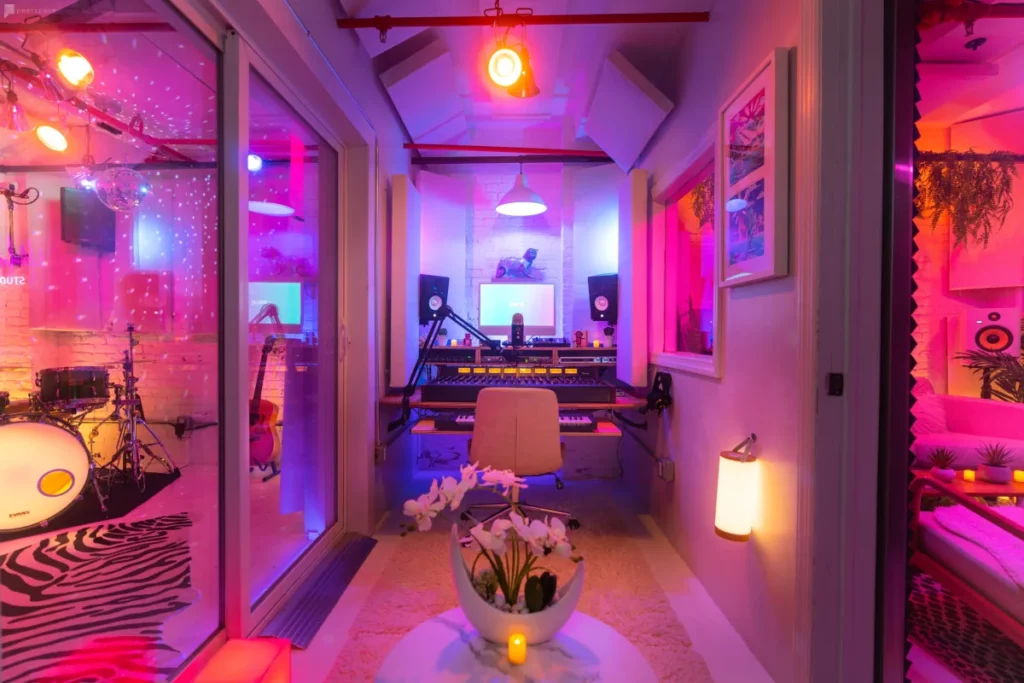
How to use diegetic sound in your own film
Intentionally blend a mixture of diegetic and non-diegetic sound
One truly effective way that you can use diegetic sound yourself is to thoughtfully incorporate a mixture of diegetic and non-diegetic sound as you edit your film. For instance, in their article on the subject, Adobe suggests that you “try playing music in your opening credits (non-diegetic) and then transition into a character humming the same tune (diegetic)” because it “gently eases your audience into your story.”
Emphasize diegetic over non-diegetic sound for an immersive atmosphere
Another way to leverage diegetic sound in film is to emphasize diegetic over non-diegetic sound. As described in an article from No Film School, renowned filmmaker Stanley Kubrick (best known for movies like 2001: A Space Odyssey, The Shining, and A Clockwork Orange) demonstrated a distinct “favoritism of diegetic over non-diegetic sounds” that “was essential in building the atmosphere for nearly every one of his films.”
This really helped to create suspension of disbelief in the audience and allowed them to immerse themselves in his films while watching. To better understand the effect of this editing choice, check out this video from Candice Drouet’s 1,000,000 Frames series, which clearly illustrates Kubrick’s preferential use of diegetic sound.
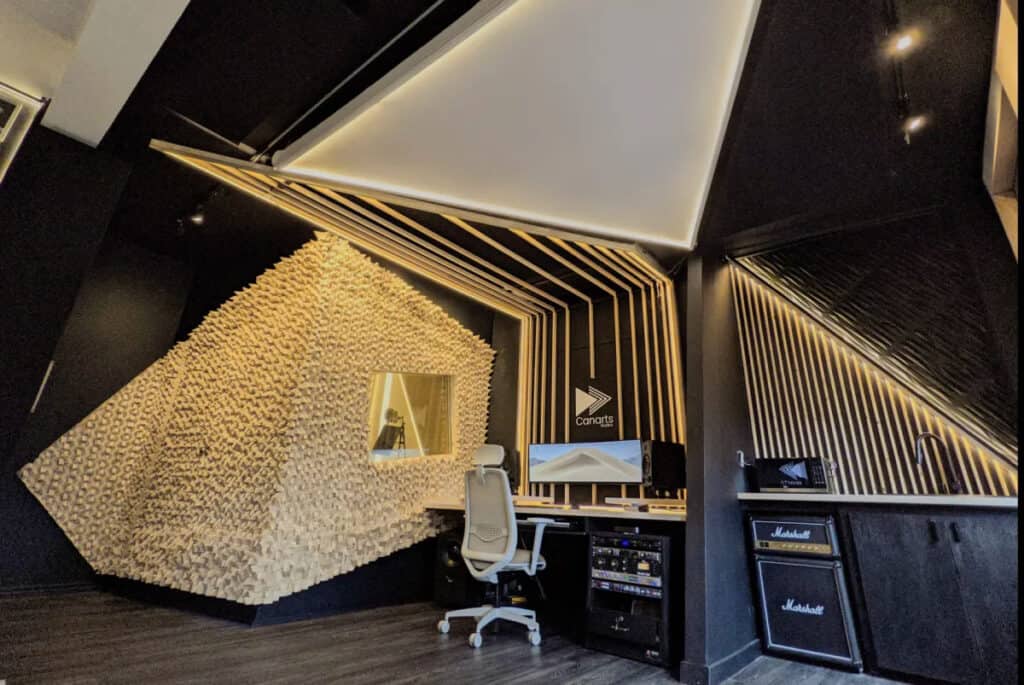
Looking for a location to film? Try Peerspace!
If you’re researching diegetic sound and how to use it in film, you’re probably a filmmaker yourself, and you may be in search of a place to film. And the saying is “location, location, location” for a reason! The place where you film is one of the most important aspects of making your final product a success.
If that’s true for you, we’d strongly recommend Peerspace as a way to find spaces in which to film. It’s the internet’s largest marketplace for hourly space rentals of all kinds, from event venue rentals to photo and video studio locations, and just about everything in between. Peerspace offers a selection of thousands of distinctive spaces across hundreds of cities in the US, Canada, the UK, and more.
And although the selection is vast, there’s no need to feel daunted, because their search tool is intuitive and ultra-simple to use—just enter the kind of event you’re planning (“film shoot”) and the location you’re searching within, and then narrow your search down according to a bunch of criteria to find a selection of only the ideal spaces for your needs.
Every listing includes high-res photos of the space, in-depth descriptions of what it has to offer, and even reviews from past renters to get a sense of whether it’s the right film location for you. And if you’ve got any questions or requests? You can easily reach out to the host of the space with these!
Some examples of great filming locations available on Peerspace, just to help you understand what’s out there:
- 10-set creative industrial studio in Irving, Texas: A modern industrial space containing 10 different, high-quality sets.
- Urban warehouse production space in Baltimore, Maryland: A 14,000-square-foot, 3-floor, 100-year-old property with tons of character and different areas to explore.
- Hill Country home with a view in Austin, Texas: A stunning modern home with unbelievable views and tons of natural light.
- Mid-century modern retro living room set in Phoenix, Arizona: The perfect location for a period piece set in the 1960s.
- Retro-chic house of glamour in Nashville, Tennessee: The hosts describe this space as embodying “Hollywood Regency mystique paired with 1970s opulence,” and one glance at the photos proves them right.
Time to start filming!
Now that you understand what diegetic sound is and how you can put it to use in your film, you’re ready to get to work. There’s so much room for experimentation and creativity in the area of sound, and being conscious of the difference between non-diegetic and diegetic sound—and the potential effects of using both—opens up a whole new world of creative possibilities.
Find unique film shoot locations on Peerspace
Get together somewhere better
Book thousands of unique spaces directly from local hosts.
Explore SpacesShare your space and start earning
Join thousands of hosts renting their space for meetings, events, and photo shoots.
List Your Space

